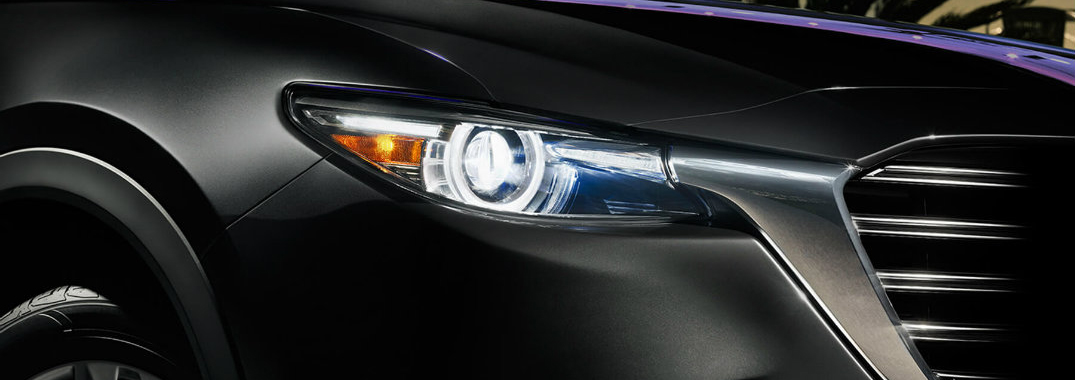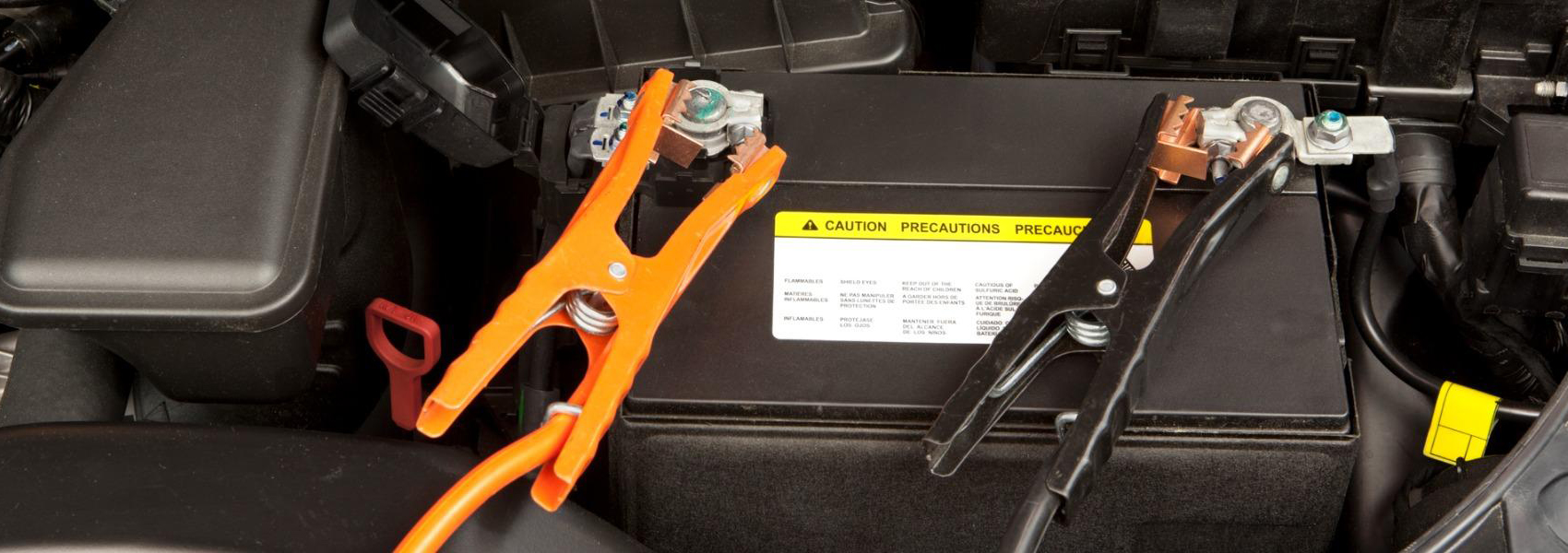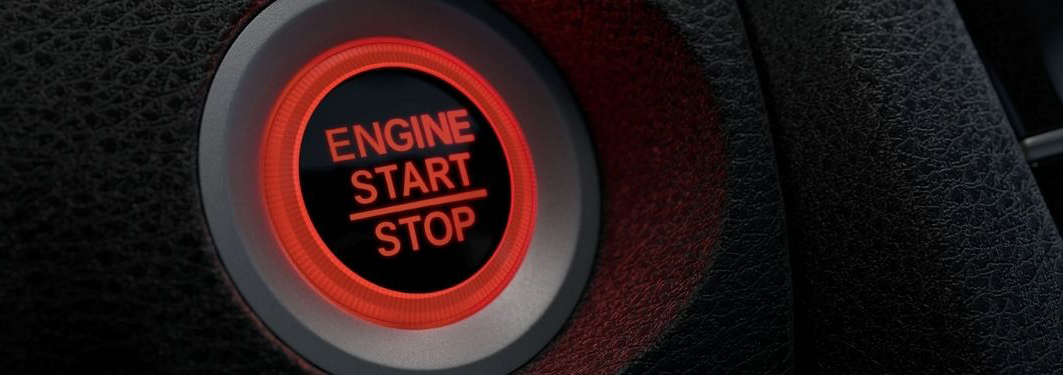
The service life of a car battery is usually three years. When the car gets routine maintenance, the technician will check the battery and tell you whether it needs a replacement. Many new vehicles run for less than a year, and the battery loses much power. It's mainly caused by bad driving habits.
When you encounter the following situations, pay attention to the car battery. It is about to be replaced. Let's talk about what signs will appear before the battery fails.
Battery deformation
When the car battery is deformed and bulging, there are some safety risks. It is terrible and can no longer be used. It needs to be replaced on time.
There are two reasons for the battery deformation. One may be due to long-term overcharging. And the other reason is that the battery exhaust hole is blocked. The gas can not be discharged while charging. It will form a bulge.
Starting problem
If the car is hard to start, or if it can't start for a long time, the battery is about to be disused. It cannot provide starting current for the engine. This is the time to replace the battery. Otherwise, the car can not run.
Changes in viewing port
Many maintenance-free batteries have a viewing port. There is a light to show whether the battery is working well. Green is good. Black is the need to replace the battery.
Some car owners say that this light is not reliable. The car can't start even if the light is green in some situations. Let us take it as a reference.
Dim headlights at idle speed
Sometimes, when waiting for a red light or temporary stop, you suddenly find that your headlights suddenly become dim.
This is because when idling, the charging power of the engine drops. If the battery does not give power at this time but gives power to other electrical equipment, the power ration of the car's exterior headlights will drop significantly.

Battery fault light on
There are many warning lights on the car, such as the steering power warning light, ASS warning light, etc. These warning lights will come on when the vehicle is malfunctioning.
The car battery also has a warning light. When the light is on, it reminds you of the battery failure. Send the car to the repair store in time.
Voltage changes before and after starting
The daily voltage of the car battery is about 12V. After the car engine starts, the battery voltage will rise to 13-14V.
If the battery voltage before starting is lower than 12V, or the voltage after starting is lower than 13V, the battery may have some problems. And it is time to check it. Not just car batteries, but all batteries will have a shorter range at low temperatures, like your cell phone.
The vehicle batteries today are usually maintenance-free lead-acid type. The optimal temperature for this type is around 25 ℃. As the temperature drops, the chemical reactions within the battery slow down. And for every one ℃ drop, the usable capacity drops by about 0.8%. The capacity recovers when the temperature rises.
In addition, in a low-temperature environment, car owners will turn on the heating function such as seats, mirrors and steering wheel in order to get a better driving experience. The load will increase instead in the case of relatively reduced capacity.
We change the vehicle with lower viscosity oil, lower freezing point glass water and winter snow tires in winter, but the battery can also be neglected.
In fact, the cold winter temperature also significantly impacts the battery. In addition to the change in battery characteristics brought about by the temperature, the corresponding change in the driving habits on cold days is also a test for the battery.
Therefore, when the weather temperature drops too fast, the chemical reaction inside the battery becomes more difficult. The battery's ability to discharge external high currents is significantly reduced.
At the same time, the viscosity of the oil inside the engine rises greatly due to the low temperature. The running resistance increases greatly, requiring greater starting power from the outside. Under this effect, the car is more challenging to start.

In winter, some vehicles usually do not have functions like seat heating, steering wheel heating, mirror heating and defogging. It increases the power consumption. If the battery has been used for two years, it needs a check before winter.
The cold start may be hard at first. At this time, we should pay attention not to ignite frequently in a short period of time. If it fails to start within 5 seconds, you need to wait for 30 seconds and try again. Don't forget to turn off all electrical equipment.
If it does not start three times in a row, wait 3 minutes and try again. The instantaneous discharge current of the battery is high during ignition. The continuous discharge will only cause the battery to run out of power faster, making it more difficult to start.
Whenever the seasons change, people are prone to discomfort. It is also a test for the car battery. The change of driving habits and the increase of electric devices in the car are all a kind of pressure on the battery.
If it happens that your battery has been used for more than three years, you should check it before winter. Otherwise, the vehicle can not run on the road in low temperatures. That is not a good experience.
Don't just replace the battery with one that has more capacity than the original battery. The power capacity of the car alternator is fixed. If you replace the battery with a large capacity, the new battery will be undercharged, and the car can not start smoothly. The battery will shorten the service life with long-term power loss.
Each starting time should not exceed 3 to 5 seconds when starting the car. The interval between every starts should not be less than 15 seconds.
When you buy a battery, look at the letters above. Letters with QA are dry-load batteries.
Shake the electrolyte well before adding it to the battery. Remember to wear gloves during operation, and be careful not to spill electrolytes on your hands or clothes.
If the car is left unused for a long time, you should start it every 25 days and run it at medium speed for about 20 minutes. Otherwise, the car will be difficult to start if left for too long.
Don't let other objects fall into the battery when adding electrolytes. If something falls into the battery accidentally, don't use metal substances to fish. Use a wooden stick to clip out the impurities. If you use wire or copper wire, metal molecules will enter the battery under the corrosion of sulfuric acid to form self-discharge and damage the battery.
Regularly check whether the small hole on the battery cover is ventilated. The gas generated will not be discharged if the small hole is blocked. As a result, the electrolyte expansion will break the battery case, thus reducing the battery life.
Check the electrolyte level regularly, and add electrolyte in time when the level drops.
The electrolyte can be 10 to 15 mm higher than the pole plate for a battery without a marked line. The electrolyte must not exceed the upper red line for a battery with two red lines.
Some drivers think that the more electrolyte, the more power. That's not true. When the car runs at high speed, the alternator output voltage is greater than the battery voltage. It starts to charge the battery. When charging, the volume of electrolyte expands. If the electrolyte is too full, it will overflow from the small hole of the battery cover.
The electrolyte conducts electricity, and once it flows between the positive and negative terminals of the battery, it will form a circuit to self-discharge. The car will not start, and the life of the battery can be shortened. In this case, the electrolyte should be wiped off with cotton wool or rinsed off with boiling water.

When removing the battery from the car, the negative terminal should be removed first, the positive terminal, and the opposite when installing.
When charging, make sure to unscrew the battery cover. Do not use an open flame to approach the mouth of the battery being charged because the hydrogen gas generated in the battery is accessible to bursts into flames when charging.
 Lauritz Carolsfeld
Lauritz Carolsfeld  June 03, 2022
June 03, 2022